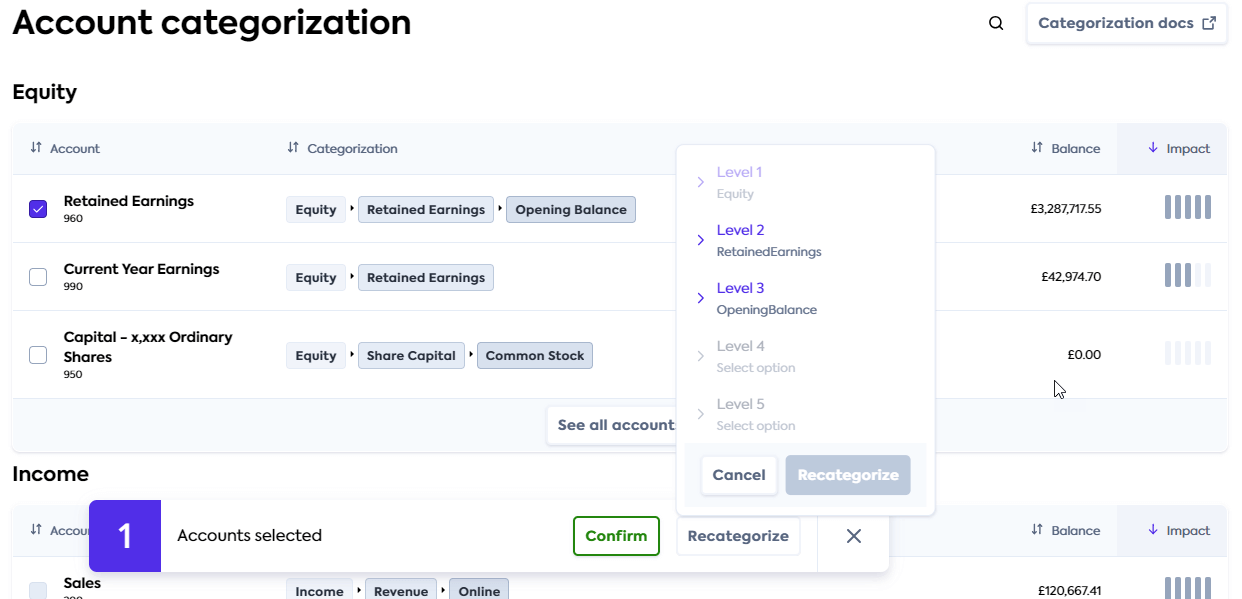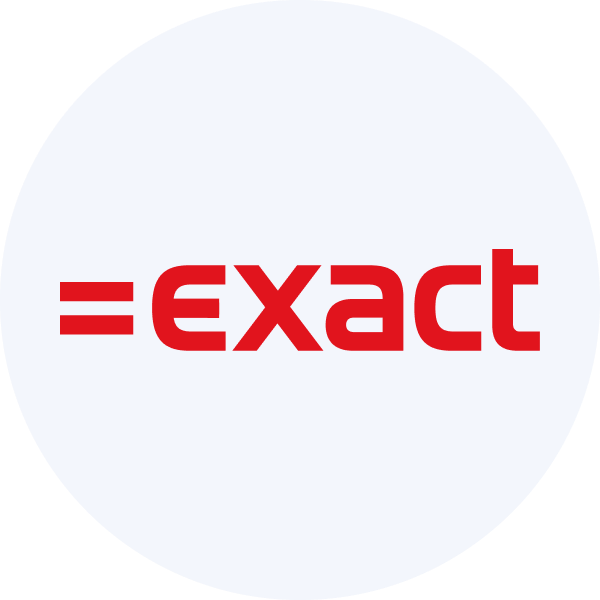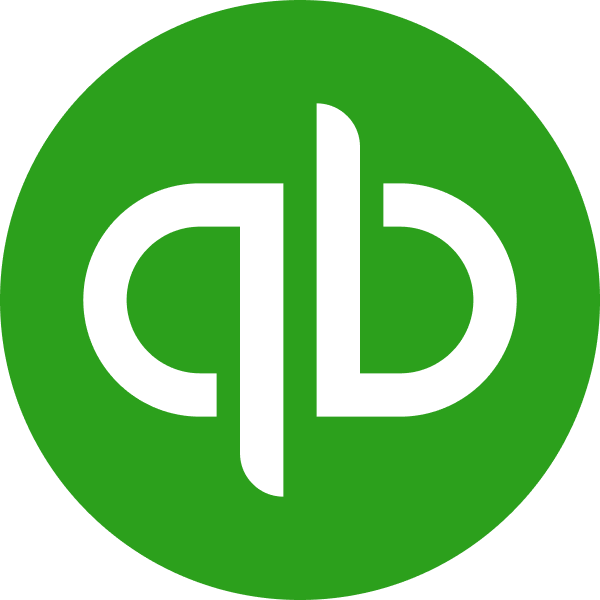Financial statements overview
Automate financial statement and ratio calculation with a fully standardized profit and loss and balance sheet
Our financial statements feature provides lenders with a comprehensive view of a borrower's financial data, including profit and loss, balance sheet, and operating cash flow statements. Statements are categorized to a single chart of accounts allowing ratio analysis to be automated.
Use cases
Common uses of our financial statements feature include:
-
Financial statement analysis: identify potential red flags, such as declining profitability or increasing debt levels of your borrower, that could signal financial distress.
-
Ratio analysis: examine key ratios that offer insights into the borrower's financial strength, efficiency, and profitability.
-
Monitoring: continuously monitor the borrower's financial statements to track changes in their financial health over time.
Feature components
Feature enrichments
Categorized financial accounts
Businesses often have unique line items on their financial statements, which can pose challenges for comparison and automation. To address this, we've introduced a standardized set of financial categories called "account categories" for lenders. These categories enable seamless comparisons between companies. When connecting a company, our machine learning models predict the most suitable category for each account, drawing from extensive training on tens of thousands of accounts.
Each account category consists of up to five levels, with the most relevant level populated for each account.
Supported account categories
Recategorizing accounts
You can help improve the suggestions our model supplies by confirming them or providing a more applicable category. View all available categories proposed for accounts and, where relevant, recategorize them in the Codat Portal.
Recategorizing accounts in the Portal
- Navigate to Companies, then click the company that requires recategorization. Select Lending in the side menu and choose Categorize accounts to view the categories for each account.
These are ordered by impact by default, which is determined by the current account balance and our confidence in our automatic categorization.

-
To change the category of an account, select the accounts using the checkbox and click Recategorize.
Choose an appropriate category from the proposed five levels and click Recategorize. This saves the newly assigned category.

That's it! Financial statements will return the updated category for the accounts going forward.
Supported outputs
You can retrieve the data read and enriched by this feature by downloading a report in an Excel format or calling the financial statements endpoints of our API.
For example, a company's gearing ratio can be calculated using data returned by the Get categorized balance sheet statement endpoint. Check out our loan qualification demo app written in C# to learn how to calculate other ratios.
- TypeScript
- Python
- C#
- Go
type Account {
category: string;
balance: number;
}
const now = new Date();
// Convert date to dd-mm-yyyy format
let formattedDate = `${now.getUTCDate().toString().padStart(2, '0')}-`;
formattedDate += `${(now.getUTCMonth() + 1).toString().padStart(2, '0')}-`;
formattedDate += `${now.getUTCFullYear()}`;
// Last 12 months is returned by default
const reportResponse = await lendingClient.financialStatements.balanceSheet.getCategorizedAccounts({
companyId: companyId,
reportDate: formattedDate,
});
if (reportResponse.statusCode != 200) {
throw new Error("Could not get categorized balance sheet accounts")
}
const accounts: Account[] = reportResponse.enhancedFinancialReport.reportItems.map(x => ({
category: x.accountCategory.levels.map(y => y.levelName).join('.'),
balance: x.balance
}));
// Calculate gearing ratio
const totalAssets = accounts.filter(x => x.category.startsWith('Asset'))
.reduce((sum, current) => sum + current.balance, 0)
const totalDebts = accounts.filter(x => x.category.startsWith('Liability.NonCurrent.LoansPayable'))
.reduce((sum, current) => sum + current.balance, 0)
const gearingRatio = totalDebts / totalAssets
console.log(gearingRatio)
@dataclass
class Account:
category: str
amount: Decimal
# Convert date to dd-mm-yyyy format
formatted_date = datetime.utcnow().strftime("%d-%m-%Y")
# Last 12 months is returned by default
report_request = operations.GetCategorizedBalanceSheetStatementRequest(
company_id=company_id,
report_date=formatted_date,
)
report_response = lending_client.financial_statements.balance_sheet.get_categorized_accounts(report_request)
if report_response.status_code != 200:
raise Exception('Could not get categorized balance sheet accounts')
accounts = []
for x in report_response.enhanced_financial_report.report_items:
accounts.append(Account(category='.'.join([y.level_name for y in x.transaction_category.levels]), balance=x.balance))
total_assets = sum(account.amount for accounts in accounts if account.category.startswith('Asset'))
total_debts = sum(account.amount for accounts in accounts if account.category.startswith('Liability.NonCurrent.LoansPayable'))
gearing_ratio = total_debts / total_assets
print(gearing_ratio)
public record Account(string Category, decimal Balance);
// Convert date to dd-mm-yyyy format
var formattedDate = DateTime.UtcNow.ToString("dd-MM-yyyy");
// Last 12 months is returned by default
var reportResponse = await lendingClient.FinancialStatements.BalanceSheet.GetCategorizedAccountsAsync(new() {
CompanyId = companyId,
ReportDate = formattedDate,
});
if (reportResponse.StatusCode != 200) {
throw new Exception("Could not get categorized balance sheet accounts");
}
var accounts = reportResponse.EnhancedFinancialReport.ReportItems.Select(x => new Account(){
Category = string.Join(".", x.AccountCategory.Levels.Select(y => y.LevelName)),
Balance = x.Balance
});
// Calculate gearing ratio
var totalAssets = accounts.Sum(x => x.Category.StartsWith("Asset"));
var totalDebts = accounts.Sum(x => x.Category.StartsWith("Liability.NonCurrent.LoansPayable"));
var gearingRatio = totalDebts / totalAssets;
Console.WriteLine(gearingRatio);
type Account struct {
Category string
Balance float64
}
// Convert date to dd-mm-yyyy format
now := time.Now().UTC()
formattedDate := now.Format("28-11-2023")
ctx := context.Background()
reportResponse, err := lendingClient.FinancialStatements.BalanceSheet.GetCategorizedAccounts(ctx,
operations.GetCategorizedBalanceSheetStatementRequest{
CompanyID: companyID,
ReportDate: formattedDate,
})
if err == nil && reportResponse.StatusCode == 200 {
accounts := []Account{}
for _, account := range reportResponse.EnhancedFinancialReport.ReportItems {
levelNames := []string{}
for _, level := range account.AccountCategory.Levels {
levelNames = append(levelNames, level.LevelName)
}
category := strings.Join(levelNames, ".")
balance, _ := transaction.Amount.Float64()
accounts = append(accounts, Account{category, balance})
}
totalAssets := 0.0
totalDebts := 0.0
for _, account := range accounts {
if strings.HasPrefix(account.Category, "Assets") {
totalAssets += transaction.Balance
}
if strings.HasPrefix(account.Category, "Liability.NonCurrent.LoansPayable") {
totalDebts += transaction.Balance
}
}
gearingRatio := totalDebts / totalAssets
fmt.Println(gearingRatio)
}
Get started
Once you have the Lending API enabled, configure your instance to work with our financial statements feature.
Configure data sources
Follow the respective guides to set up and enable accounting integrations that will serve as a data source for the feature:
Enable data types and sync schedule
See how to enable data types and ensure the following data types have been switched on:
- Proft and loss
profitAndLoss - Balance sheet
balanceSheet - Cash flow statement
cashFlowStatement - Chart of accounts
chartOfAccounts
Configure the solution to refresh data when you need it by setting a synchronization frequency. We recommend setting it to a daily or a monthly sync.
Configure webhooks
We recommend you configure webhook consumers with the following event types to manage your data pipelines. These webhooks send a message for each dataType separately.
-
This means an issue occurred when syncing the specified data type. Resolve the issue and initiate the sync for this dataset again.
-
This means data has been updated for the specified data type. This can include new, updated or deleted data. You should then refresh the data in your platform.
-
This means categories associated with accounts have been updated for the categorized profit and loss statement and the categorized balance sheet statement components.
This update may be done automatically by Codat updating
suggestedcategories, or manually by a user updatingconfirmedcategories.










